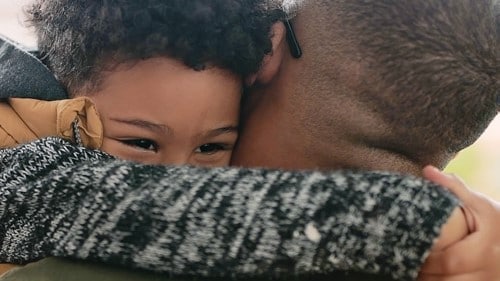At a glance
Disasters can be traumatizing for families. Individuals and communities may have experienced a variety of traumas. During the recovery phase of a disaster, emergency responders should consider a survivor's physical, psychological, and emotional safety and well-being after a disaster.
Steps to take during recovery
To help individuals and communities after a disaster, emergency responders can:
- Take a trauma-informed approach to care during emergency response and recovery efforts.
- Teach families stress-reducing strategies.
- Provide information about caring for children in disasters.
- Connect people to mental health support services.
Continuity of care
Continuity of care in breastfeeding support is achieved by consistent, collaborative, and seamless delivery of high-quality services for families from pregnancy until no longer breastfeeding. It results in transitions of care that are coordinated and fully supportive of families throughout their breastfeeding journey. Continuity of care is important to ensure that families receive the support needed to feed their children safely.
To help achieve continuity of care in the recovery phase of a disaster, emergency responders can:
- Help families connect with their health care providers and other social services to ensure their nutritional, physical, and mental health needs will be met.
- For infants who are breastfed and their mother’s breast milk is not available, help connect families with the closest milk bank to inquire about providing pasteurized donor human milk.
- Connect families with lactation support to help resume breastfeeding if disrupted.
- Ensure that families of infants dependent on formula have infant formula, feeding supplies such as cups or bottles and nipples, and cleaning supplies.
Reunification
Emergencies increase the possibility for children to become separated from their parents or legal guardians. Most U.S. parents work outside the home. During an evacuation or sheltering process, parents may be at work while their children are in childcare, school, a recreational facility, or other location.
Reunification is ensuring that children return to the care of their parents or caregivers as quickly as possible after an emergency. This is important for all children and especially for breastfed children.
Emergency responders can keep children safe while they are separated from their families by:
- Designating a trusted and trained person to act as a consistent substitute caregiver when children, particularly young children, are separated from their usual caregivers.
- Keeping siblings and friends together when possible.

Learn more about creating a reunification plan.
Post-disaster assessment and surveillance
Emergency responders can help public health professionals with post-disaster surveillance activities. They can identify health indicators to be used after a disaster for pregnant and postpartum women and their infants. These indicators can help public health professionals identify where needs still exist.
The following resources provide more information on appropriate indicators and measures:
- Post-disaster Indicators for Pregnant and Postpartum Women and Infants
- Includes suggested measurement approaches.
- See details on how to develop post-disaster indicators.
- Includes suggested measurement approaches.
- Sample Protocol for Using Post-Disaster Indicators for Pregnant and Postpartum Women and Infants
Learn more
Operational Guidance Document for Infant and Young Child Feeding (IYCF) in Disaster Emergencies can be used to effectively organize and respond to emergencies. This guidance applies to emergency preparedness, response, and recovery situations worldwide but can also be used nationally.
County-level breastfeeding initiation rates can be used to plan for services and supplies that will be needed.
Public Health Strategies for Breastfeeding help achieve continuity of care for breastfeeding families.
The Infant and Toddler Nutrition website provides information for parents and caregivers on how to feed healthy foods and drinks to infants and toddlers.
